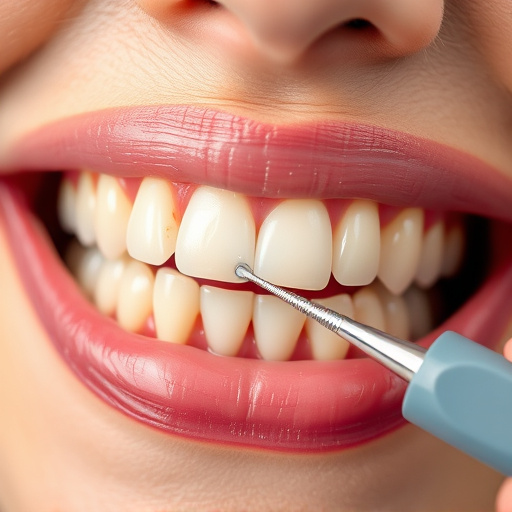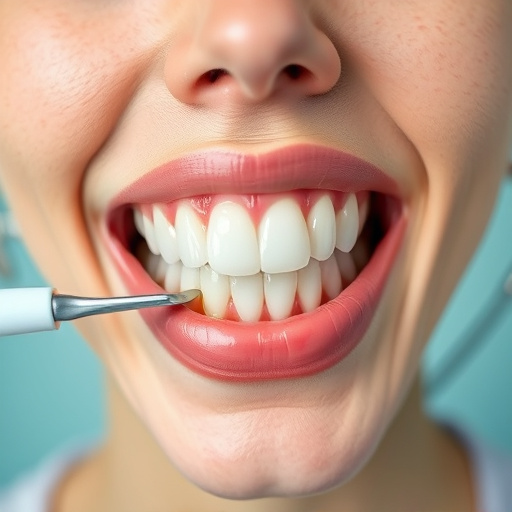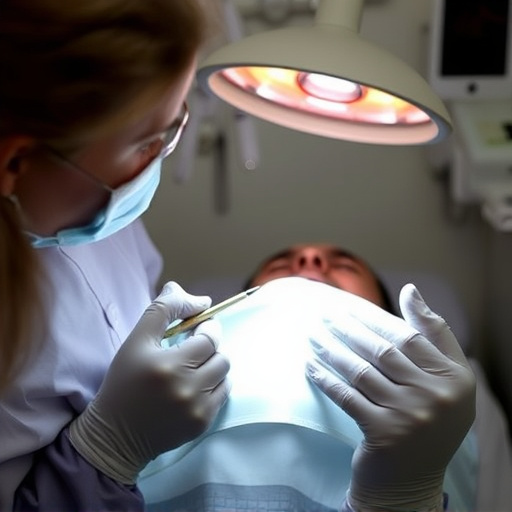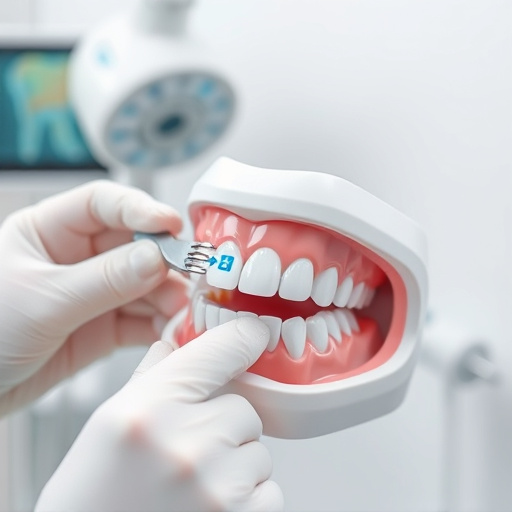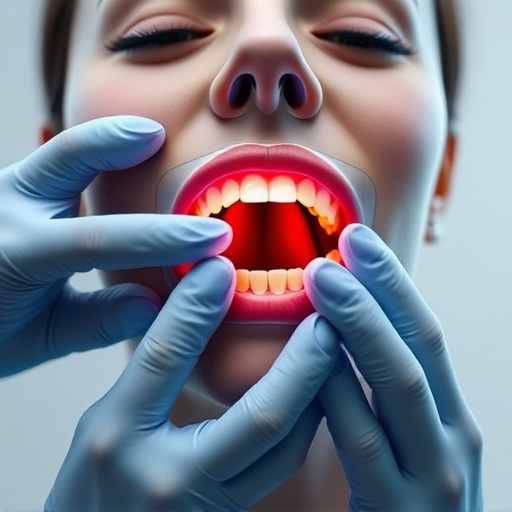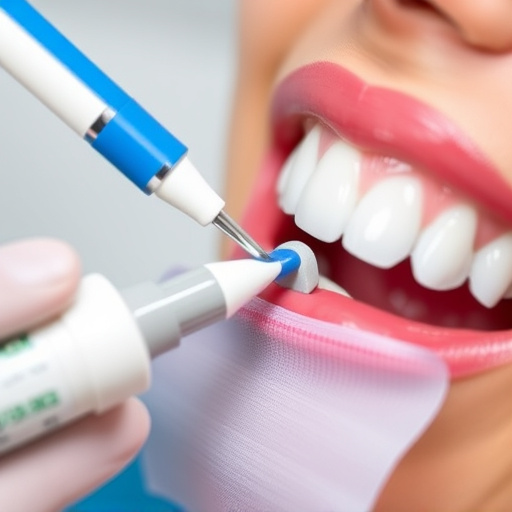Bad breath treatment involves addressing periodontal diseases caused by bacterial infections through oral hygiene, professional dental interventions like deep cleaning, and addressing underlying issues. Preventive dentistry with regular checkups and cleanings is key to managing gum disease and bad breath. Lifestyle adjustments, including balanced diet and proper oral hygiene practices, complement professional care for lasting oral health.
Bad breath, or halitosis, often stems from gum disease, a silent yet serious oral health issue. This article explores targeted bad breath treatment options specifically tailored for gum disease cases, emphasizing the connection between these two conditions. We’ll guide you through understanding gum disease, identifying effective treatments, and implementing lifestyle changes alongside professional care for long-lasting oral freshness.
- Understanding Gum Disease and Its Connection to Bad Breath
- Identifying Targeted Treatments for Effective Bad Breath Management
- Lifestyle Changes and Professional Care for Long-Lasting Freshness
Understanding Gum Disease and Its Connection to Bad Breath
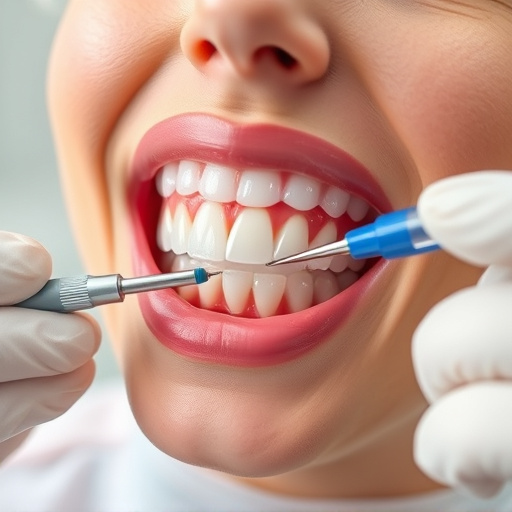
Gum disease is a common yet serious oral health issue that often goes unnoticed until it advances. It’s characterized by inflammation of the gums, which can lead to bleeding, swelling, and even bone loss supporting teeth. This progressive condition isn’t just about discomfort; it has a direct impact on overall health, including an indirect connection to bad breath treatment.
When gum disease goes untreated, bacteria accumulate in the mouth, forming plaque and tartar. These substances not only irritate gums but also produce volatile sulfur compounds, known for their unpleasant odor, thus contributing to persistent bad breath. Addressing gum disease through professional dental cleanings, routine oral exams, and sometimes even dental crowns can significantly improve these symptoms. Regular care helps remove plaque buildup and promotes healthier gums, which in turn reduces the likelihood of bad breath persisting.
Identifying Targeted Treatments for Effective Bad Breath Management
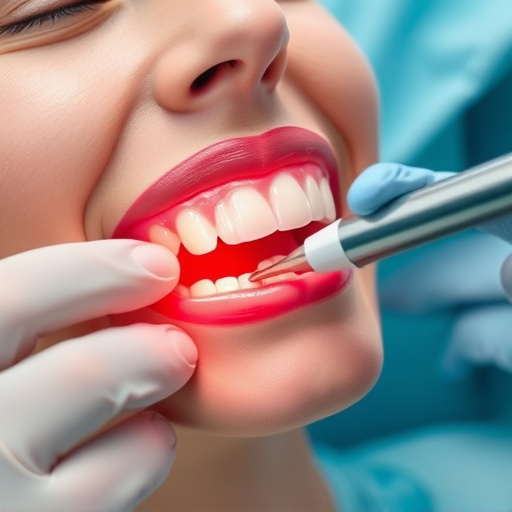
Identifying Targeted Treatments for Effective Bad Breath Management requires a deep understanding of the underlying causes. Persistent bad breath, often referred to as halitosis, is commonly associated with periodontal diseases such as gingivitis and periodontitis. In many cases, these gum conditions are driven by bacterial infections that thrive in the warm, moist environment of the mouth. To address this effectively, targeted treatments must be tailored to address both the infection and the specific areas affected.
One key approach involves a combination of meticulous oral hygiene practices and professional interventions. Regular cleaning sessions with a dentist, including deep scaling and root planing, help remove plaque buildup and tartar from hard-to-reach areas. Additionally, addressing issues like wisdom tooth removal (if impacted or causing periodontal problems) can significantly improve overall mouth health. Preventive dentistry plays a crucial role too; regular checkups and cleaning sessions not only prevent gum disease but also aid in managing any existing conditions, thereby mitigating bad breath concerns.
Lifestyle Changes and Professional Care for Long-Lasting Freshness
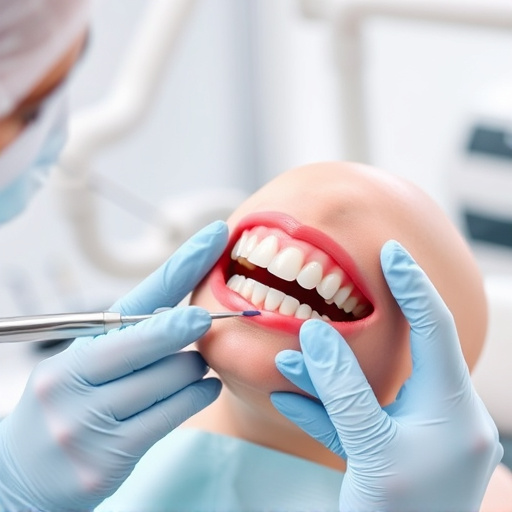
Combating persistent bad breath requires a dual approach combining lifestyle adjustments and professional dental care. Regular oral hygiene practices are fundamental to freshening breath and preventing gum disease progression. This includes brushing teeth twice daily with fluoride toothpaste, flossing once daily to remove plaque buildup between teeth, and using mouthwash for added antimicrobial benefits. A balanced diet rich in fruits, vegetables, whole grains, and lean proteins also plays a crucial role in maintaining oral health and eliminating odor-causing compounds.
In addition to consistent at-home care, scheduling regular dental check-ups and professional cleanings is essential for long-lasting breath freshness. Dentists can detect early signs of gum disease, provide targeted bad breath treatment options such as deep cleaning or scaling and root planing, and recommend appropriate tooth repair procedures like cosmetic fillings if needed. By combining these lifestyle changes and professional interventions, individuals suffering from chronic bad breath due to gum disease cases can achieve lasting oral health and a refreshing smile.
In light of the above discussions, it’s clear that targeted bad breath treatment, specifically tailored for gum disease cases, is both achievable and essential. By understanding the connection between gum health and halitosis, identifying suitable treatments, and adopting lifestyle changes under professional guidance, individuals can effectively manage and overcome persistent bad breath. Incorporating these strategies into daily routines ensures long-lasting oral freshness and improved overall well-being.







